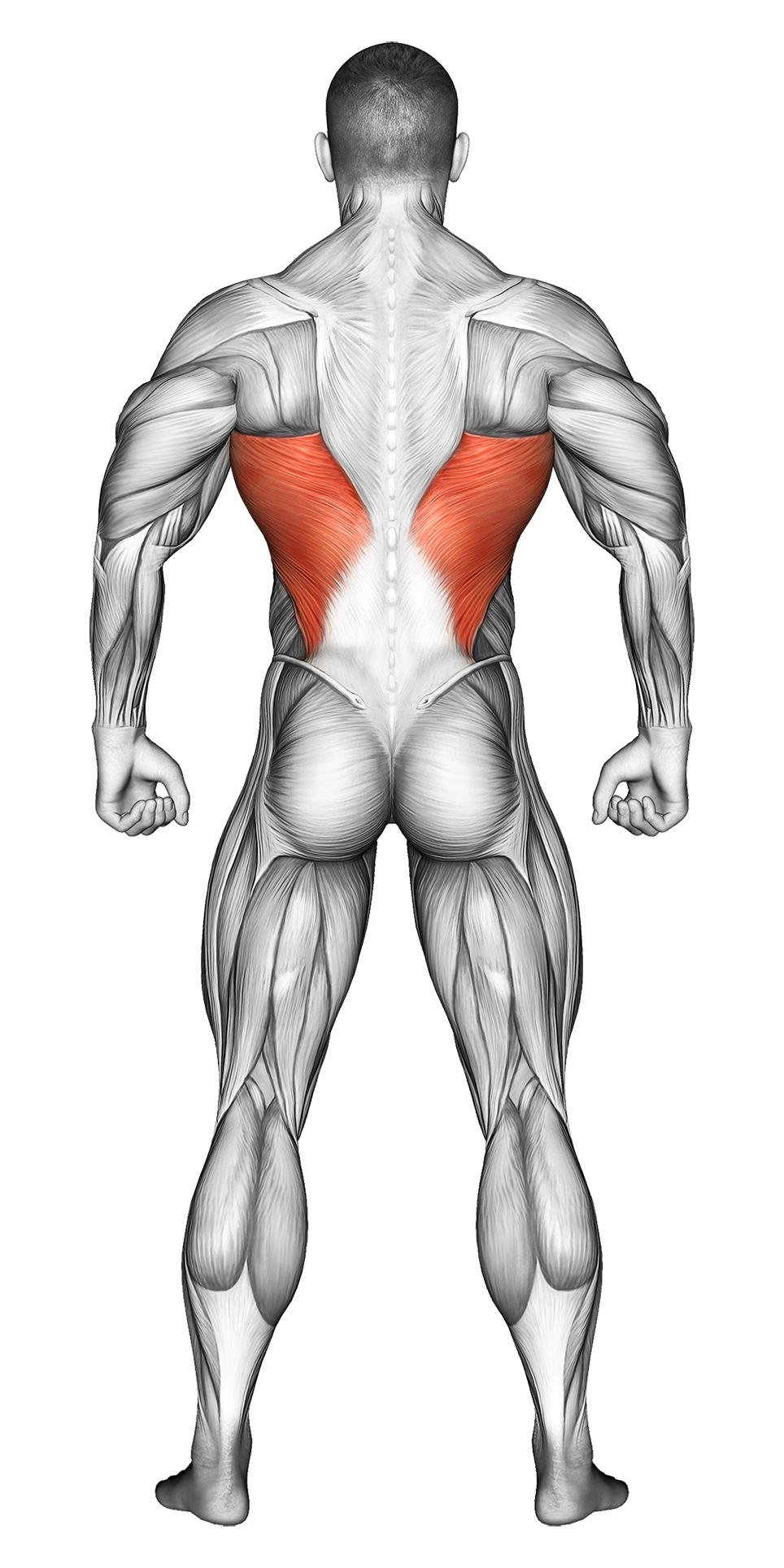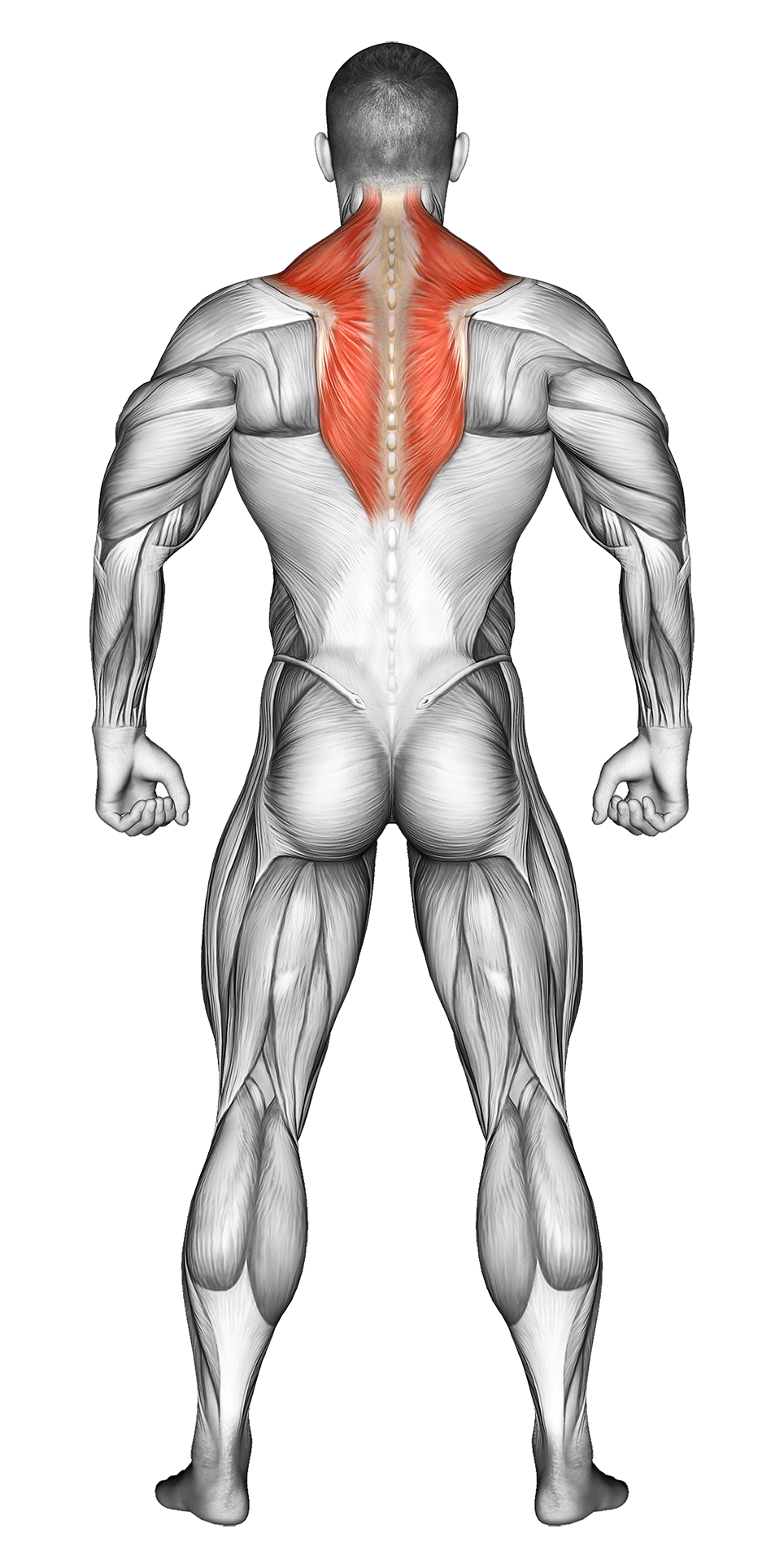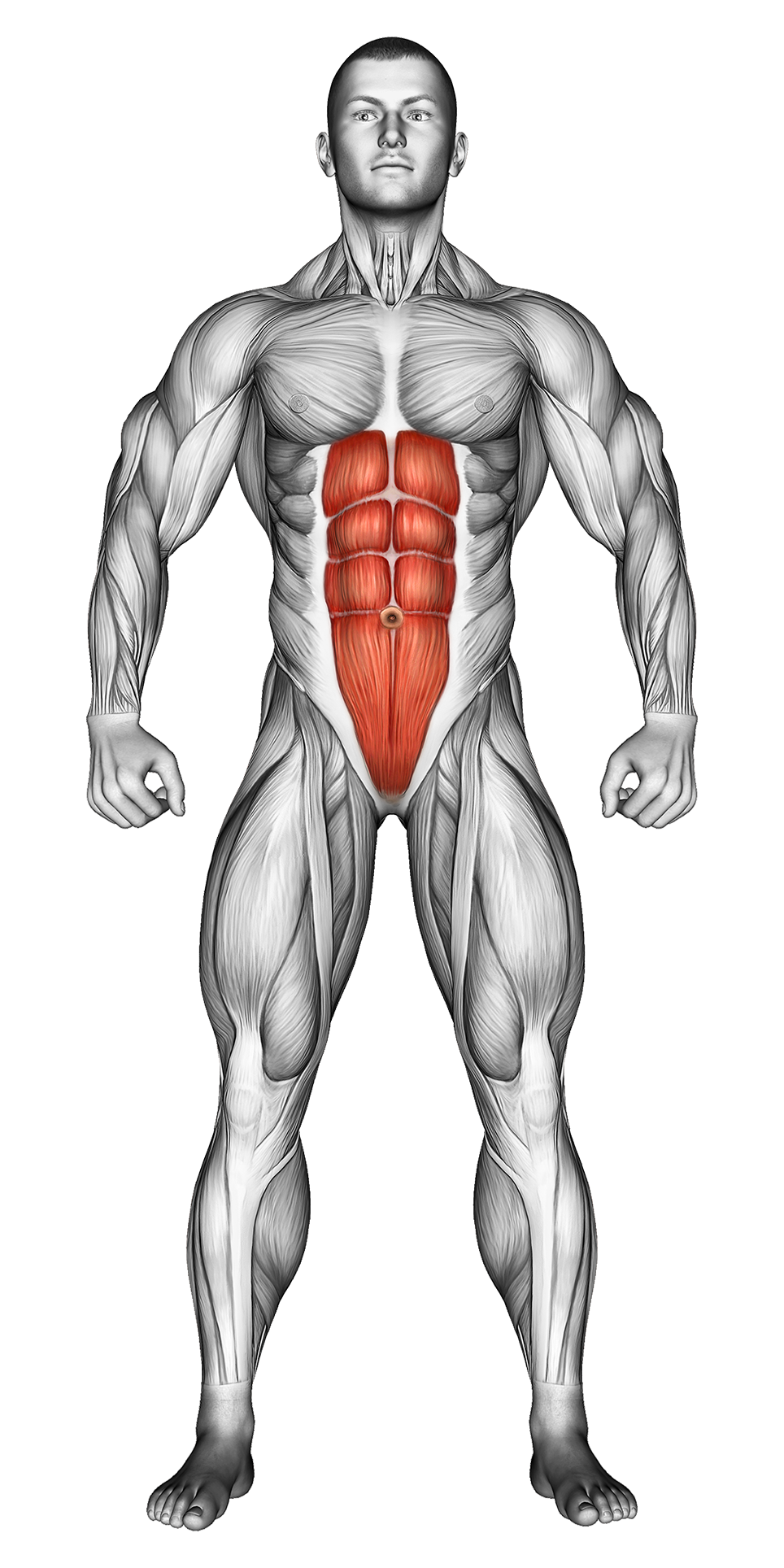Close Grip Seated Row: Video Tutorial & Exercise Guide
| Workout | Close Grip Seated Row |
| Primary Muscle Group | Lats |
| Secondary Muscle Group | Traps, Abs |
| Equipment Required | Cable, Close Grip handle |
| Force Type | Pull |
| Mechanics | Compound |
| Exercise Type | Strength |
| Difficulty | Intermediate |
Close Grip Seated Row: Video Tutorial & Exercise Guide
Muscle Groups
- Primary Muscle Group- Secondary Muscle Group
Close Grip Seated Row - Step-by-Step Guide
Close Grip Seated Row Overview
Benefits of Close Grip Seated Row
Close Grip Seated Row Pro Tips & Advanced Techniques
Progression Plan for Close Grip Seated Row
Frequently Asked Questions (FAQs) Of Close Grip Seated Row
How to do Close Grip Seated Row – Step-by-Step Guide
- Step 1: Sit on a seated row machine and place your feet on the footrests. Grab the close grip attachment (V-bar) with both hands, palms facing each other.
- Step 2: With your knees slightly bent, pull the handle toward your torso while keeping your back straight and core engaged. Your chest should remain upright.
- Step 3: Begin the movement by pulling the handle towards your lower ribcage, leading with your elbows. Squeeze your shoulder blades together as you bring the handle close to your body.
- Step 4: Slowly extend your arms and return the handle to the starting position, maintaining control throughout the movement.
- Step 5: Repeat for the desired number of repetitions, focusing on keeping your back straight and avoiding momentum.
Close Grip Seated Row Overview
The Close Grip Seated Row is an effective exercise for developing the muscles of the upper back, including the lats, traps, and rhomboids. The close grip attachment allows for a more concentrated contraction of the middle back muscles, while also engaging the biceps and forearms during the pulling motion.
This exercise helps improve posture, shoulder stability, and overall pulling strength, making it a great addition to upper body or back-focused workout routines.
Benefits of Close Grip Seated Row
The Close Grip Seated Row is excellent for building back strength and improving posture by targeting key upper back muscles such as the rhomboids and traps. The close grip also enhances lat activation, leading to improved back thickness and width. In addition, the seated position and controlled rowing motion help minimize strain on the lower back, making it a safer alternative for those with back issues.
This exercise is also beneficial for increasing pulling strength, which translates to better performance in other compound lifts like deadlifts and pull-ups.
Close Grip Seated Row Pro Tips & Advanced Techniques
To maximize the effectiveness of the Close Grip Seated Row, focus on pulling the handle toward your lower ribcage and squeezing your shoulder blades together at the top of the movement. Avoid using momentum to pull the weight, and maintain a slow and controlled motion throughout the exercise. If you want to increase the intensity, try pausing for a second at the top of the row or using heavier weights for fewer repetitions.
Progression Plan for Close Grip Seated Row
| Level | Sets | Reps | Progression Tips |
|---|---|---|---|
| Beginner | 2-3 | 8-10 | Start with lighter weights, focusing on form and ensuring a full range of motion. |
| Intermediate | 3 | 10-12 | Increase the weight gradually and maintain control throughout the entire movement. |
| Advanced | 4 | 12-15 | Use heavier weights, add pauses at the top, or perform the movement slowly to increase time under tension. |
Frequently Asked Questions (FAQs) of Close Grip Seated Row
What muscles do Close Grip Seated Rows target?
This exercise primarily targets the muscles of the upper back, including the lats, traps, and rhomboids, while also engaging the biceps and forearms.
Can beginners perform Close Grip Seated Rows?
Yes, beginners can start with lighter weights and focus on mastering proper form before progressing to heavier loads.
How can I make Close Grip Seated Rows more challenging?
Increase the weight, add pauses at the top of the movement, or slow down the lowering phase to increase time under tension and muscle activation.
What common mistakes should I avoid during Close Grip Seated Rows?
Avoid rounding your back or using momentum to pull the weight. Focus on controlled movements, keeping your back straight and core engaged throughout the exercise.
How often should I include Close Grip Seated Rows in my routine?
Incorporate this exercise 2-3 times per week as part of your upper body or back workout routine to build strength and improve posture.
Share


